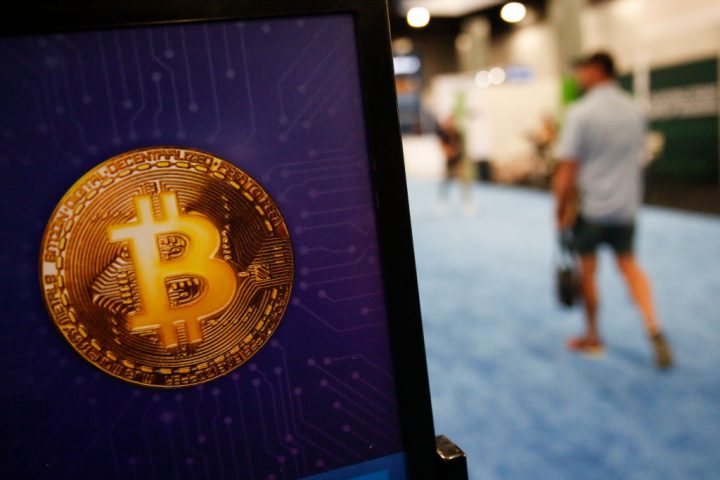The charlatans had been exposed. Its flimsiness had been confirmed. And the bubble had finally burst. Rewind to just over a year ago, and with the collapse of the crypto exchange FTX and the arrest of its billionaire founder Sam Bankman-Fried it seemed as if the legions of skeptics of the digital currency Bitcoin had been proved completely right. But hold on. Over the last few months, its price has soared again. In reality, Bitcoin has made fools of its critics once again.
In the wake of the FTX scandal, Bitcoin, along with its digital imitators, seem headed for history’s dustbin. After all, the collapse seemed to confirm all the accusations levelled against it. It was over-hyped, fraudulent, and unreliable. From a frenzied peak during the pandemic, the price sank all the way from $60,000 (£47,500) per coin to less than $17,000 (£13,500). All the naive investors who piled into the currency were about to lose everything.
If Bitcoin can survive the collapse of FTX it can probably survive just about anything
Since then, however, it has steadily recovered. It has pushed all the way back up to $45,000 (£35,600), rising 171 per cent over the last year. Why? Well, there are plans to launch Bitcoin exchange traded funds, which will make it a lot easier for ordinary investors to trade the currency. And inflation looks set to come down permanently, which will make it more attractive.
And yet its recovery may also be a sign of something else: its durability. After all, if Bitcoin can survive the collapse of FTX it can probably survive just about anything.
The odd thing about Bitcoin is that it keeps bouncing back. It has now been through four major bull and bear markets, and yet each time it recovers, and reaches a fresh record high. That is not a characteristic of genuine bubbles. The price of tulips never came back after the frenzy of the 1630s, and the South Sea Company quickly disappeared once confidence disappeared. A pattern of crashes and recoveries by contrast is a characteristic of a real asset, such as a currency, equities, or mainstream commodities.
It remains to be seen whether Bitcoin can recover its all-time highs. One point is certain, however. It is looking more and more like a real asset, and one that is likely to be around for a long time. It has proved its critics wrong all over again – and will probably keep on doing so for many more years to come.
This article is free to read
To unlock more articles, subscribe to get 3 months of unlimited access for just $5






Comments
Join the debate for just £1 a month
Be part of the conversation with other Spectator readers by getting your first three months for £3.
UNLOCK ACCESS Just £1 a monthAlready a subscriber? Log in